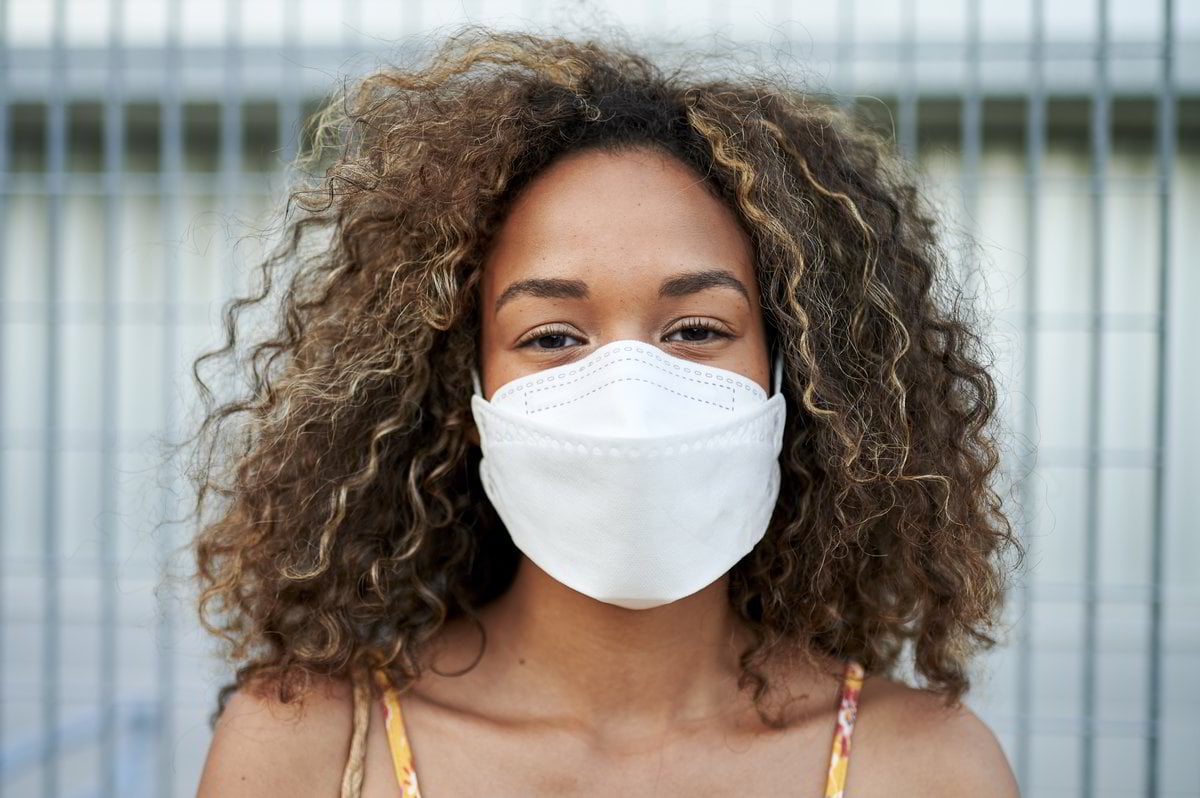
With mask wearing in public compulsory in Victoria and recommended in New South Wales, many Australians are buying, wearing or making face masks for the first time.
Reports of counterfeit or potentially substandard masks on the market may lead some people to question whether their surgical or cloth mask actually works.
So what can you look out for when buying a mask to make sure it does what it’s supposed to do? And how can you test one you’ve bought or made?
Watch: A thank you to masks. Post continues below.
What do I look for in a surgical mask?
Surgical masks (also known as medical masks) are usually made of three or four layers, most commonly polypropylene.
Ideally, they should meet Australian standards for how well they filter and how resistant they are to water.
Only masks the Therapeutic Goods Administration (TGA) approves as medical products (officially known as medical devices) can be used in hospitals.
If a mask meets Australian standards as a medical device, you will see a label on the packaging, plus a code indicating the standards it has met, such as:
